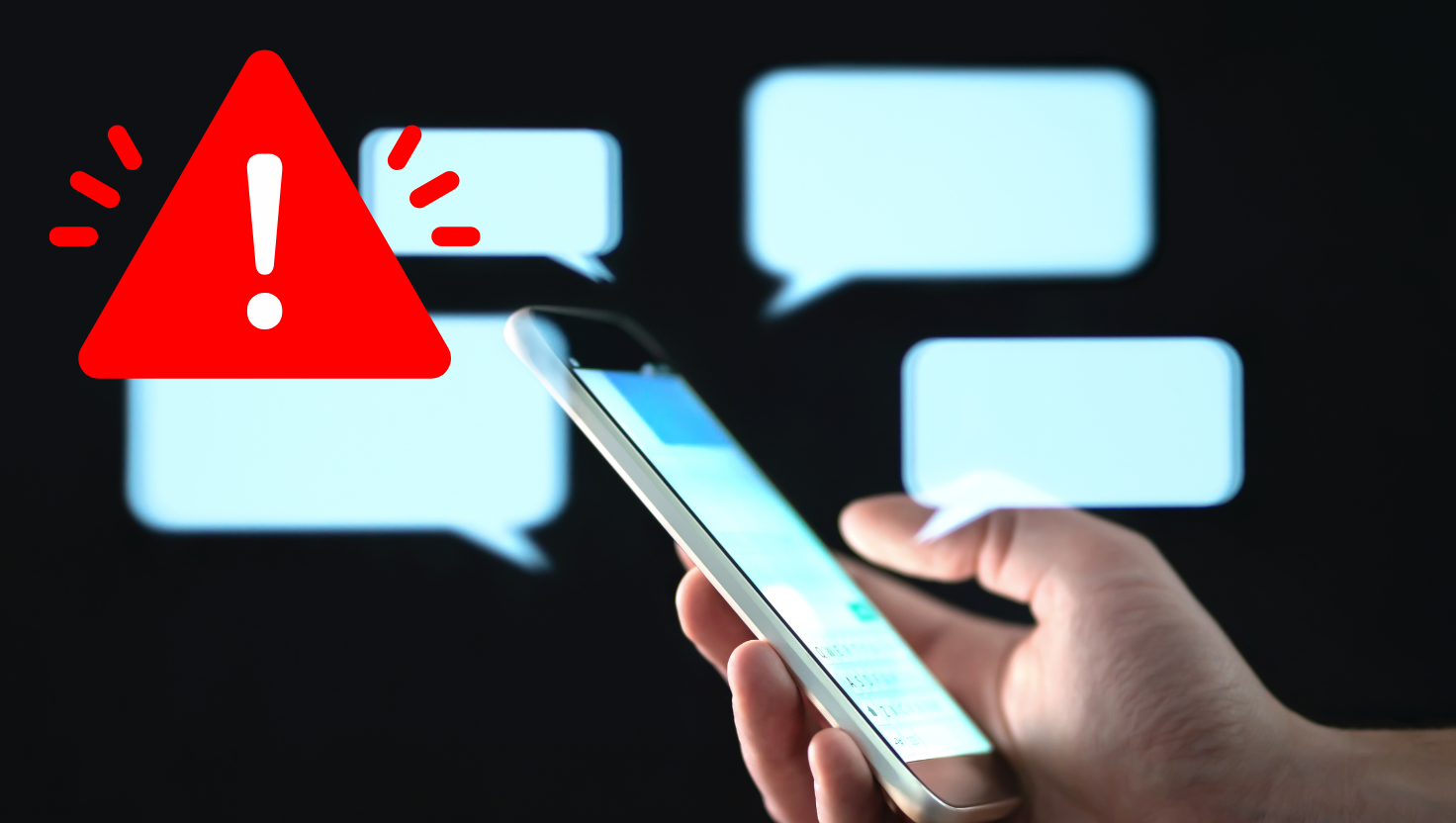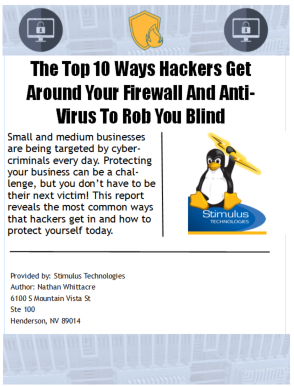
As a business owner, you have a million things on your plate—clients to serve, employees to manage, and numbers to crunch. The last thing you need is a cybercriminal sneaking into your business through a simple text message. But that’s exactly what’s happening with smishing scams.
If you’ve ever received a sketchy text about a missed package, an urgent bank alert, or a random message from someone claiming to know you, you’ve encountered smishing. And if you’re thinking, “I’d never fall for that,” think again. These scams are getting more sophisticated—and even the savviest business owners are getting tricked.
What is Smishing? (SMS Phishing Explained)
Smishing (SMS phishing) is a cybersecurity threat where hackers use text message scams to steal personal and business data. Unlike traditional phishing emails, smishing attacks bypass email security filters, making them a preferred choice for cybercriminals.
🚨 Common smishing scams include:
- Fake delivery alerts (e.g., "Your FedEx package is delayed. Click here to update shipping.")
- Fake banking warnings (e.g., "Your account has been compromised. Click to secure it.")
- Phony vendor or client messages (e.g., "Can we schedule a call to discuss services? Click here.")
- Urgent business requests from a fake CEO or colleague
Why Are Smishing Scams Growing So Fast?
Cybercriminals love smishing because:
✅ Texts seem urgent and personal – People instinctively trust SMS messages.
✅ No spam filters – Unlike emails, texts aren’t screened as aggressively.
✅ AI-powered scams – Attackers use artificial intelligence to make messages seem realistic.
✅ Faster engagement – People check texts faster than emails, increasing the success rate.
🔎 FBI Warning: Smishing scams are now among the top cybersecurity threats facing small businesses today.
How Smishing Scams Target Small Businesses
Small and medium-sized businesses (SMBs) lack dedicated IT teams, making them prime targets for cybercriminals. Here’s how they get in:
1. Fake Vendor & Client Messages
📩 Example: "Hi [Your Name], we’re interested in working with your company! Click here to schedule a call."
🚨 The risk: Clicking installs malware or steals login credentials.
2. Business Email Compromise (BEC) via SMS
📩 Example: "This is [Your Boss’s Name]. Please process this invoice immediately."
🚨 The risk: Employees unknowingly wire money to hackers.
3. Fake Banking & Tax Alerts
📩 Example: "Your business account has been locked. Verify your identity now."
🚨 The risk: Hackers steal financial login information.
4. Job Offer & HR Scams
📩 Example: "You’ve been selected for an exclusive remote job. Click here to start onboarding."
🚨 The risk: Scammers collect Social Security numbers and banking details.
How to Protect Your Business from Smishing Scams
"If you get an unexpected text asking for sensitive information, your best defense is simple: Don’t respond, don’t click links, and verify through another channel. A quick phone call to the real company can save you from a costly mistake." – Nathan Whittacre, CEO Stimulus Technologies
🛑 Want to stop smishing attacks before they happen? Follow these key security measures:
✅ 1. Train Your Team to Spot Smishing Scams
- Never click links from unknown numbers.
- Verify requests by calling the sender (using an official contact number).
- Check for poor grammar, urgent language, or suspicious links.
✅ 2. Use Multi-Factor Authentication (MFA)
Even if hackers steal login credentials, MFA prevents them from accessing accounts.
✅ 3. Report & Block Suspicious Numbers
Most phones allow you to report and block smishing numbers to prevent future scams.
✅ 4. Implement Cybersecurity Policies
If employees receive a suspicious message:
1️⃣ Do not respond
2️⃣ Notify IT or management
3️⃣ Report the scam to local authorities or the FBI’s Internet Crime Complaint Center (IC3)
✅ 5. Partner with an IT Security Provider
A Managed IT Service Provider (MSP) can:
- Monitor security threats 24/7
- Educate employees on cybersecurity best practices
- Implement enterprise-level security solutions
🔐 Need a cybersecurity partner? Schedule a Free Security Assessment with Stimulus Technologies
What to Do If You Fall for a Smishing Scam
If you or an employee accidentally clicks a link or shares business information, take immediate action:
1️⃣ Disconnect from Wi-Fi to prevent malware from spreading
2️⃣ Change affected passwords and enable multi-factor authentication
3️⃣ Contact your IT security provider to assess and contain the damage
4️⃣ Report the incident to the FBI’s IC3 and your bank if financial data was compromised
Final Thoughts: Stay One Step Ahead of Hackers
Smishing scams are increasing at an alarming rate, but with the right awareness and IT security measures, your business can stay protected.
🎧 Want to dive deeper? Listen to the full episode of Stimulus Tech Talk on your favorite podcast platform or watch it on YouTube: https://youtu.be/98dfSwrAaAQ
🚀 Take Action Now: Protect your SMB with proactive IT security, 24/7 monitoring, and expert guidance from Stimulus Technologies.







